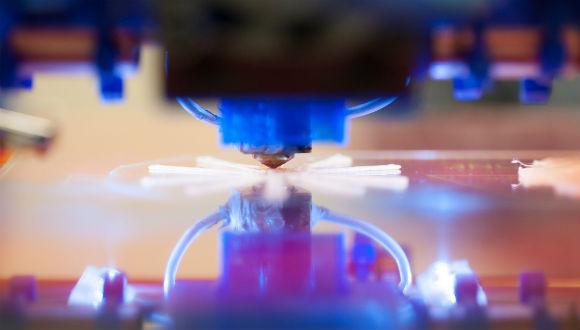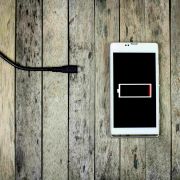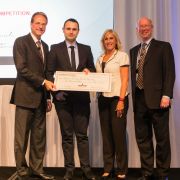Bored with Regular Circuit Boards
At $60 billion in annual sales worldwide, printed circuit boards – or PCBs – lie at the heart of all computers, TVs, cell phones and other devices. Now, a new technology that could enhance the 3D printing of PCBs is on the way to commercialization after Ramot, TAU’s technology transfer arm, signed an agreement with Israeli 3D electronics printing company Nano Dimension.
Traditionally, PCB production is lengthy and costly, involving drilling holes and threading wires onto a plastic slate. The new 3D printing method produces the entire board at the click of a switch and is far cheaper and more efficient. The TAU invention uses nano-sized nickel particles for a new type of 3D printing ink, as well as for magnetic sensors that can be integrated into the PCB as motion detectors, contactless switches and more. The technology is being developed by Prof. Gil Markovich of the TAU Center of Nanoscience and Nanotechnology, Head of the Raymond and Beverly Sackler School of Chemistry; and Prof. Alexander Gerber of the Raymond and Beverly Sackler School of Physics and Astronomy, together with Leah Ben Gur and Dr. Einat Tirosh.






